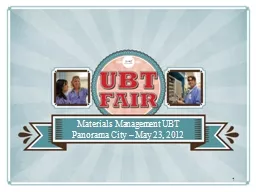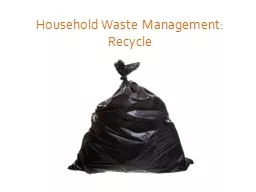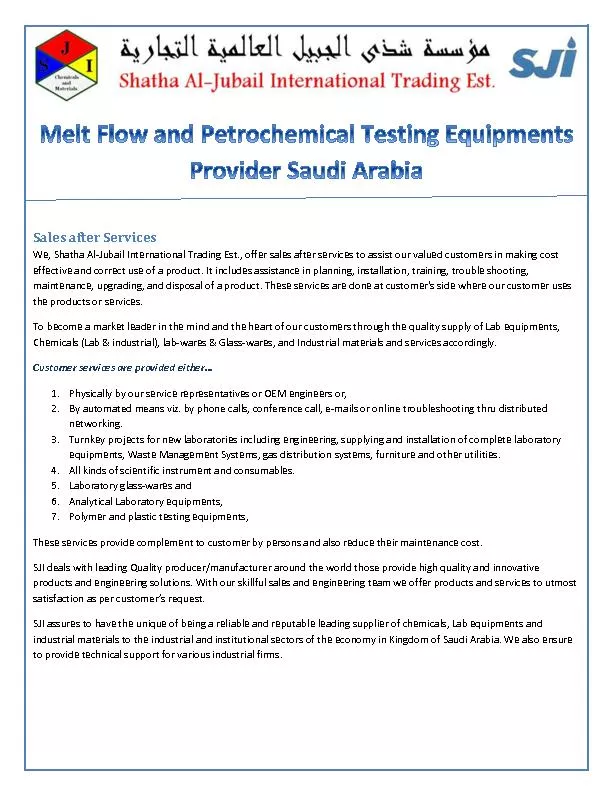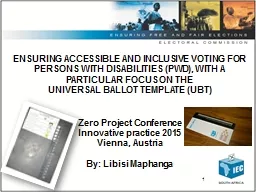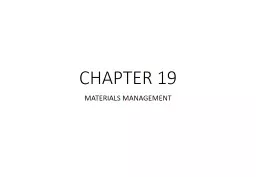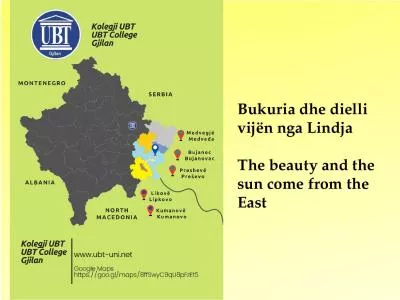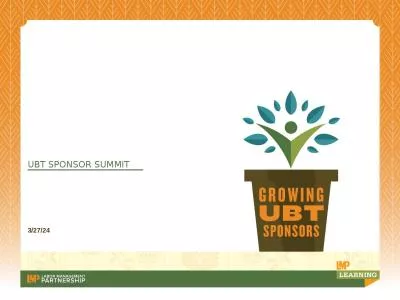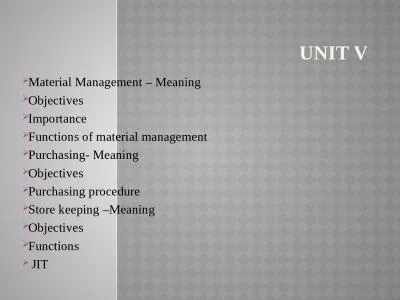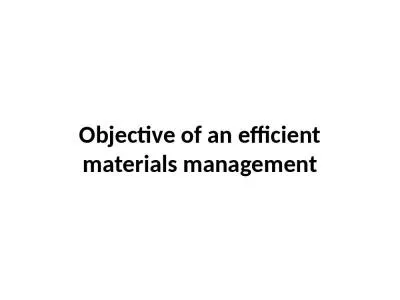PPT-Materials Management UBT
Author : sherrill-nordquist | Published Date : 2016-11-14
Panorama City May 23 2012 1 Our Team Name TitleClassificationUnion Byron Wilson Data Entry ClerkUHW Eddie Duran Storeroom WorkerUHW Edwin Hernandez Storeroom WorkerUHW
Presentation Embed Code
Download Presentation
Download Presentation The PPT/PDF document "Materials Management UBT" is the property of its rightful owner. Permission is granted to download and print the materials on this website for personal, non-commercial use only, and to display it on your personal computer provided you do not modify the materials and that you retain all copyright notices contained in the materials. By downloading content from our website, you accept the terms of this agreement.
Materials Management UBT: Transcript
Download Rules Of Document
"Materials Management UBT"The content belongs to its owner. You may download and print it for personal use, without modification, and keep all copyright notices. By downloading, you agree to these terms.
Related Documents

